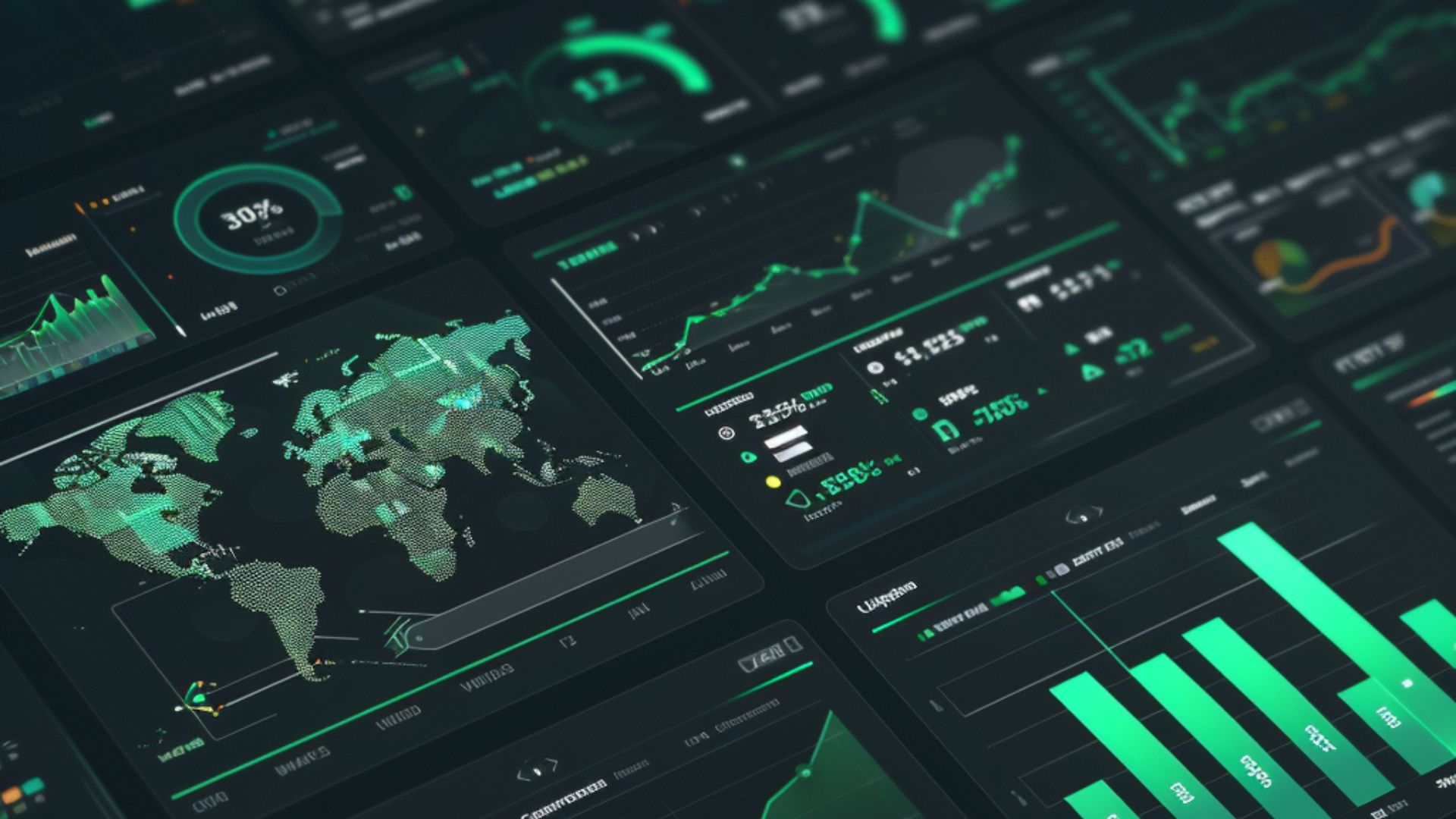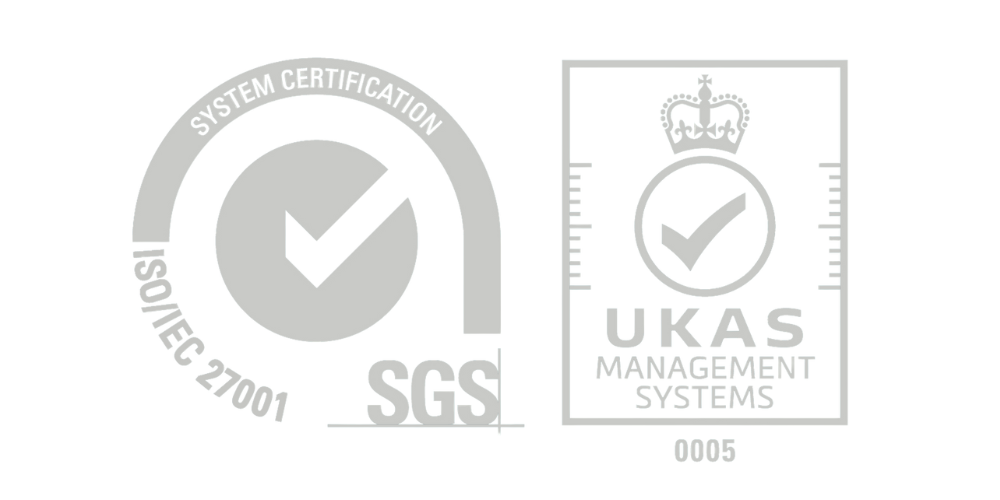The European Union’s Carbon Border Adjustment Mechanism (CBAM) represents a pivotal shift in the global approach to carbon pricing and climate change mitigation. As the EU strives for climate neutrality by 2050, CBAM emerges as a key tool to prevent carbon leakage and promote a level playing field between domestic and imported goods. This article delves into the sector-specific implications of CBAM, provides a detailed breakdown of reporting obligations for importers, and explores the mechanism’s future expansion and long-term prospects.
Sector-Specific Implications of CBAM
CBAM initially targets sectors with high carbon intensity and a significant risk of carbon leakage, including iron, steel, cement, aluminum, fertilizers, and electricity. These sectors are pivotal for the EU’s economy but are also substantial contributors to greenhouse gas emissions.
Iron and Steel:
The iron and steel industry is one of the largest industrial sources of CO2 emissions. CBAM will require importers of these goods to account for the carbon emissions associated with their production, encouraging cleaner production methods and innovation in green steel technologies.
Cement:
As a key ingredient in concrete, cement production is energy-intensive and emits a considerable amount of CO2. CBAM aims to level the playing field between EU producers, who are subject to strict emissions regulations, and non-EU producers, thereby incentivizing the adoption of greener cement production methods.
Aluminum:
The production of aluminum is another energy-intensive process with significant emissions. By applying CBAM to imported aluminum, the EU seeks to ensure that imports reflect the same carbon costs as those produced within the bloc, promoting the use of renewable energy sources in aluminum smelting.
| CBAM Good | Reporting Metrics | Greenhouse Gases Covered | Emission Coverage (Transitional Period) | Emission Coverage (Definitive Period) | Determination of Direct Embedded Emissions | Determination of Indirect Embedded Emissions |
|---|---|---|---|---|---|---|
| Cement | per Tonne of good | Only CO2 | Direct and indirect | Direct and indirect | Based on actual emissions, but estimations (including default values) can be used for up to 100% of the specific direct embedded emissions for imports until 30 June 2024 and for up to 20% of the total specific embedded emissions of complex goods for imports until 31 December 2025 | Based on actual electricity consumption and default emission factors for electricity, unless conditions are met (i.e. direct technical connection or power purchase agreement). Estimations (including default values) can be used for up to 100% of the specific indirect embedded emissions for imports until 30 June 2024 |
| Fertilisers | per Tonne of good | CO2 (plus nitrous oxide for some fertiliser goods) | Only direct | Only direct, subject to review | Based on actual emissions, but estimations (including default values) can be used for up to 100% of the specific direct embedded emissions for imports until 30 June 2024 and for up to 20% of the total specific embedded emissions of complex goods for imports until 31 December 2025 | Based on actual electricity consumption and default emission factors for electricity, unless conditions are met (i.e. direct technical connection or power purchase agreement). Estimations (including default values) can be used for up to 100% of the specific indirect embedded emissions for imports until 30 June 2024 |
| Iron/Steel | per Tonne of good | Only CO2 | Direct and indirect | Only direct | Based on actual emissions, but estimations (including default values) can be used for up to 100% of the specific direct embedded emissions for imports until 30 June 2024 and for up to 20% of the total specific embedded emissions of complex goods for imports until 31 December 2025 | Based on actual electricity consumption and default emission factors for electricity, unless conditions are met (i.e. direct technical connection or power purchase agreement). Estimations (including default values) can be used for up to 100% of the specific indirect embedded emissions for imports until 30 June 2024 |
| Aluminium | per Tonne of good | CO2 (plus perfluorocarbons (PFCs) for some aluminium goods) | Only direct | Direct and indirect | Based on actual emissions, but estimations (including default values) can be used for up to 100% of the specific direct embedded emissions for imports until 30 June 2024 and for up to 20% of the total specific embedded emissions of complex goods for imports until 31 December 2025 | Based on actual electricity consumption and default emission factors for electricity, unless conditions are met (i.e. direct technical connection or power purchase agreement). Estimations (including default values) can be used for up to 100% of the specific indirect embedded emissions for imports until 30 June 2024 |
| Hydrogen | per Tonne of good | Only CO2 | Direct and indirect | Only direct, subject to review | Based on actual emissions, but estimations (including default values) can be used for up to 100% of the specific direct embedded emissions for imports until 30 June 2024 and for up to 20% of the total specific embedded emissions of complex goods for imports until 31 December 2025 | Based on actual electricity consumption and default emission factors for electricity, unless conditions are met (i.e. direct technical connection or power purchase agreement). Estimations (including default values) can be used for up to 100% of the specific indirect embedded emissions for imports until 30 June 2024 |
| Electricity | per MWh | Only CO2 | Only direct | Only direct | Based on default values, unless several cumulative conditions are met | Not applicable |
Challenges for Adaptation:
Adapting to CBAM poses challenges for these sectors, including the need for enhanced transparency in supply chains, investment in low-carbon technologies, and potential adjustments in global trade patterns. Companies in these sectors must proactively engage with the new regulations, assess their carbon footprints, and explore opportunities for reducing emissions.
CBAM Reporting Obligations: A Detailed Breakdown for Importers
During the transitional period (2023-2025), importers of CBAM-regulated goods are required to report the embedded emissions of their imports on a quarterly basis. Here’s a step-by-step guide to the reporting process:
- Registration: Importers must register with the national competent authority (NCA) in the EU member state where they are established and gain access to the CBAM Transitional Registry.
- Data Collection: Importers should collect data on the total quantity of each type of CBAM good imported and the associated embedded emissions. This may require collaboration with suppliers and third-party verifiers.
- Reporting: Using the CBAM Transitional Registry, importers must submit a quarterly report detailing the imported goods and their embedded emissions. The deadlines for these reports are one month after the end of each quarter (e.g., April 30 for the January-March quarter).
- Penalties for Non-Compliance: Failure to comply with reporting obligations can result in penalties ranging from €10 to €50 per tonne of unreported emissions. It’s crucial for importers to ensure the accuracy and timeliness of their reports.
The Future of CBAM: Expansion and Long-Term Prospects
The current scope of CBAM is limited to specific sectors, but there is potential for expansion in the future. The EU may consider extending the mechanism to cover additional sectors and goods, depending on the success of the initial implementation and the evolving landscape of global climate policies.
In the long term, CBAM is expected to play a vital role in the EU’s pursuit of climate neutrality. By aligning carbon costs for domestic and imported goods, the mechanism incentivizes decarbonization efforts both within the EU and globally. Moreover, CBAM could serve as a model for other regions and contribute to the development of a global carbon pricing framework, enhancing international collaboration in the fight against climate change.
Conclusion
The implementation of CBAM marks a significant step forward in the EU’s climate agenda, with far-reaching implications for various sectors, importers, and the global community. By understanding the sector-specific impacts, adhering to reporting obligations, and preparing for future expansions, stakeholders can navigate the challenges and opportunities presented by this pioneering mechanism. As the EU continues to lead by example, CBAM could pave the way for a more sustainable and equitable global economy, aligned with the urgent need for climate action.
Take Action for a Sustainable Future
Are you an importer, producer, or stakeholder in the iron, steel, cement, or aluminum sectors? The time to act is now. Stay ahead of the curve by understanding your responsibilities under CBAM and embracing the opportunities it presents for sustainable growth.
Connect with Cedar Digital today to explore how our AI-driven carbon footprint verification solutions can help you navigate the complexities of CBAM, reduce your environmental impact, and achieve compliance with confidence. Together, we can drive positive change and build a greener, more resilient future.
Contact us now to start your journey towards sustainable excellence.








